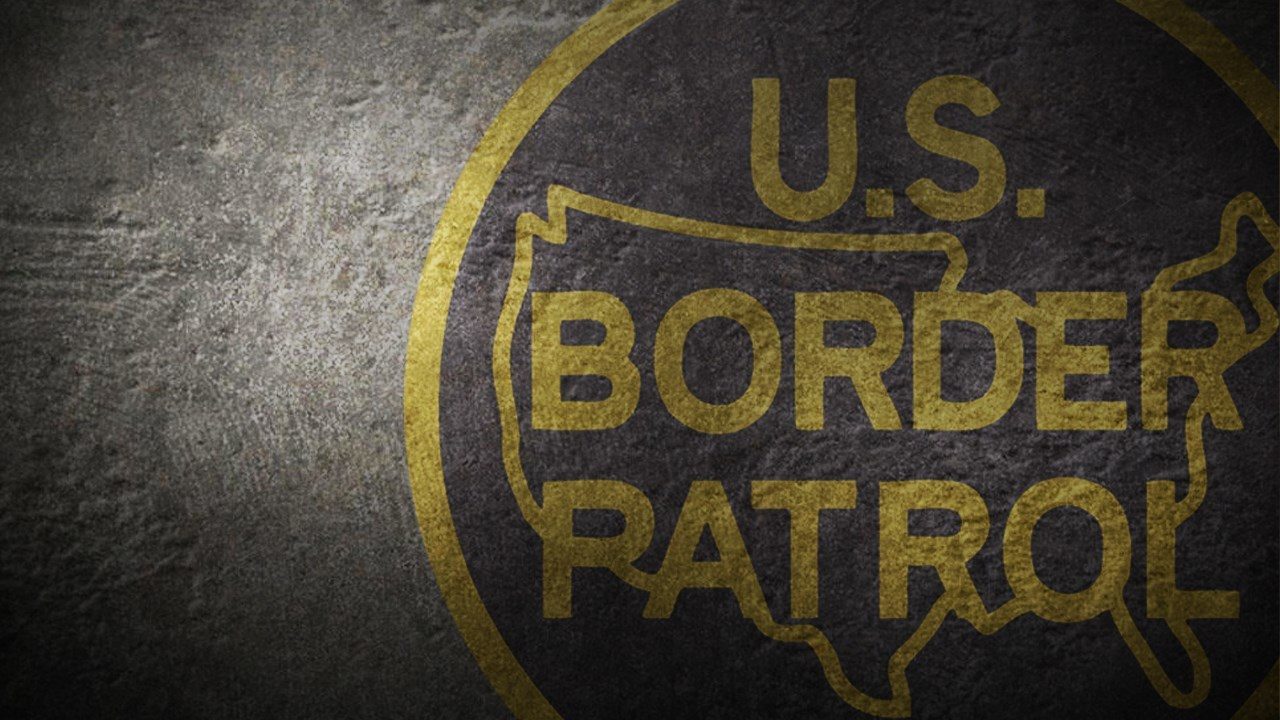LAS CRUCES, New Mexico: US immigration authorities have temporarily closed highway checkpoints in New Mexico and much of West Texas, as they reassign agents and use the outposts to help process the growing numbers of Central Americans arriving at the Mexican border.
The checkpoints, located up to 100 miles (160 km) from the border, are designed to be a final layer of defense against illegal border crossings.
“Because of the volume we are processing wherever space is available,” said US Customs and Border Protection.
The orange traffic cones used to divert traffic off Interstate 10 into the canopy-covered border checkpoints west of Las Cruces, New Mexico, now block the entrance, signaling to drivers that they don’t have to stop. Checkpoints are closed throughout the Border Patrol’s El Paso, Texas, sector, which stretches across 268 miles (429 km) of border in Texas and New Mexico.
The unusual move, first reported by Texas Monthly, comes as the Trump administration says the border is in a state of crisis, helping justify the President’s decision to declare a national emergency and free up military funds to erect a border wall.
Arrests on Mexican border jumped to 66,450 in February, up 149 percent from a year earlier, as more Central American families seek asylum. After years of calm, El Paso has quickly emerged as the second-busiest corridor for illegal crossings behind Texas’ Rio Grande Valley, with arrests in February about eight times higher than they were a year ago.
March has been even busier. John P. Sanders, Customs and Border Protection’s chief operating officer, said March 26 that the agency was on track to make 100,000 arrests or denials of entry during the month, up about 30 percent from in February and about double the same period last year. Nearly six of 10 are arriving as families.
US authorities made more than 4,000 border arrests Mach 25 alone, Sanders said at a conference in San Antonio.
While arrests are still well below highs of the early 2000s, the surge of families and children has stretched the Border Patrol.
“When you have checkpoints shutting down and you have huge distractions away from the core mission of border security, that puts our country in a very vulnerable position,” said Manuel Padilla, commander of the Department of Homeland Security’s Joint Task Force-West and the former head of the Border Patrol in the Rio Grande Valley.
US officials say the checkpoint closures are a temporary measure to handle an increase in families and unaccompanied children entering the country illegally.
The Border Patrol operates 34 permanent checkpoints along the Mexican border – typically brick-and-mortar buildings with canopies over vehicle lanes – and another 103 “tactical” stops, often cones and signs that appear for brief periods, the Government Accountability Office said in a 2017 report.
While checkpoints account for only a sliver of Border Patrol arrests – 2 percent from 2013 to 2016 – they also handled 43 percent of drug busts during that time, according to the GAO.
At a gun range operated by the City of Las Cruces and used by Border Patrol agents, grandmother and Pichacho Gun Club volunteer Cindy Pollock said she first noticed the checkpoint closures March 21.
She thought the agents might be off training. When she heard that they were reassigned to process migrants, she wasn’t surprised.
“There’s only so many officers and there’s nothing they can do,” said Pollock, who believes the current wave of migrants draws resources away from anti-crime efforts. “My husband said ‘boy just think about how many drugs are getting through today’.” AP








